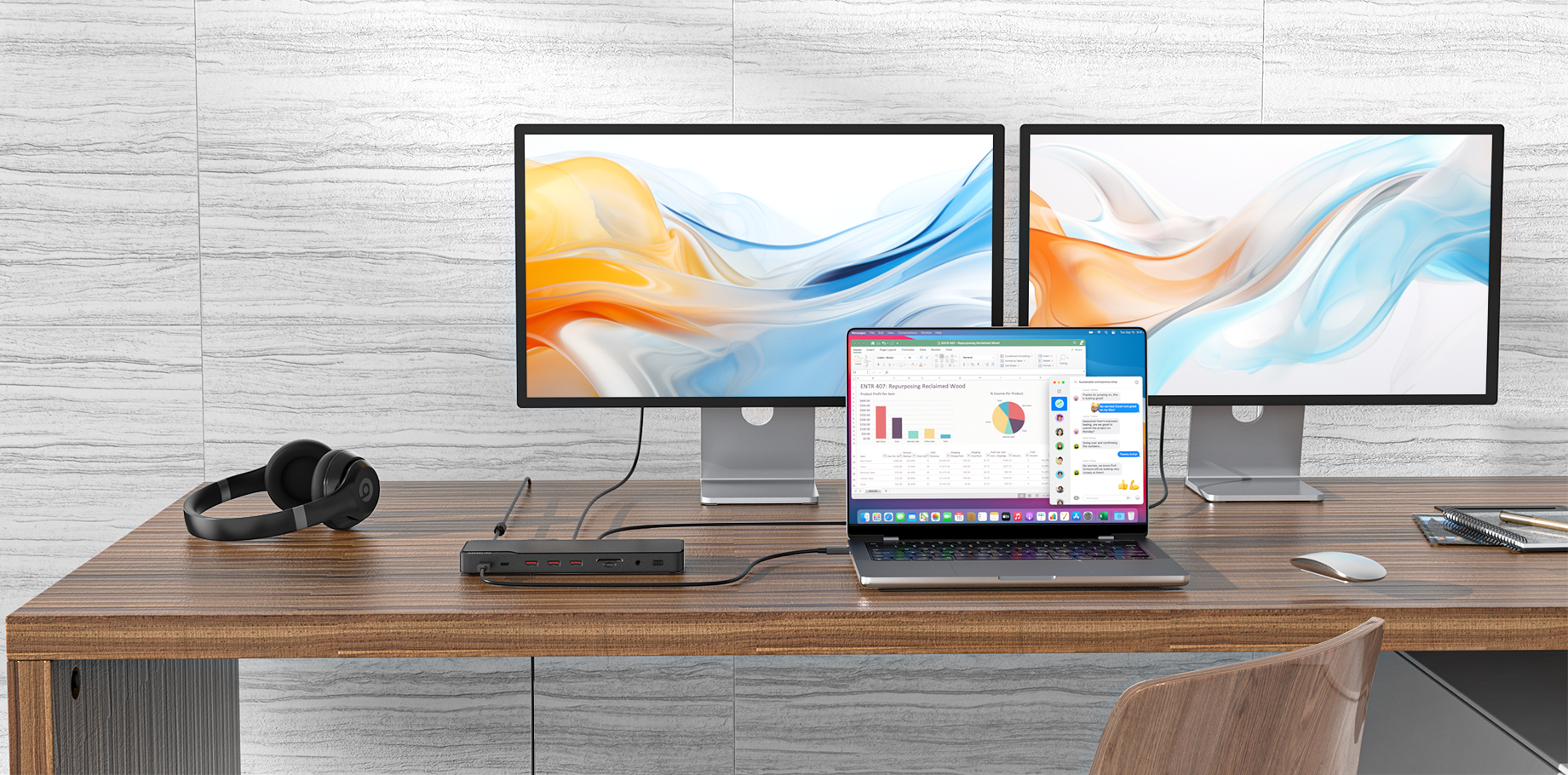When shopping for a power bank, one of the first specs you’ll notice is the mAh (milliampere-hour) rating, which indicates the battery capacity. Many assume that a higher mAh means a better power bank, but is that always true? Let’s break it down.
Understanding mAh
The mAh rating tells you how much charge a power bank can store. For example, a 10,000mAh power bank can theoretically charge a 3,000mAh phone about 3 times. However, real-world efficiency is lower due to energy loss during transfer. 
When Higher mAh is Better
- Longer Trips: If you’re traveling or frequently away from outlets, a 20,000mAh+ power bank ensures multiple charges.
- Multiple Devices: Need to charge a phone, tablet, and earbuds? Higher capacity helps.
When a Higher mAh Rating May Not Be the Best Choice
- Portability: Bigger capacity means a heavier, bulkier power bank—not ideal for daily carry.
- Takes Up Space: Fitting a 30,000mAh brick in your pocket or small bag isn’t practical.
- Airline Restrictions: Many airlines limit power banks to 27,000mAh (100Wh). Higher capacities may be confiscated. (Related Forums:Can You Bring a Power Bank on a Plane? Here’s What You Need to Know!)
- Charging Speed: Capacity ≠ speed. Check wattage (W) and fast-charging support (e.g., PD, QC) for quicker top-ups.
Who Should Avoid Ultra-High mAh Power Banks?
✖ Frequent flyers (due to airline restrictions) ;
✖ Minimalist travelers (prioritizing lightweight gear) ;
✖ Daily commuters (who only need 1-2 phone charges) .
Final Verdict
Higher mAh is great for extended use, but balance it with portability, efficiency, and charging speed based on your needs.
What’s your ideal power bank capacity? Share your thoughts below! 🔋💬



